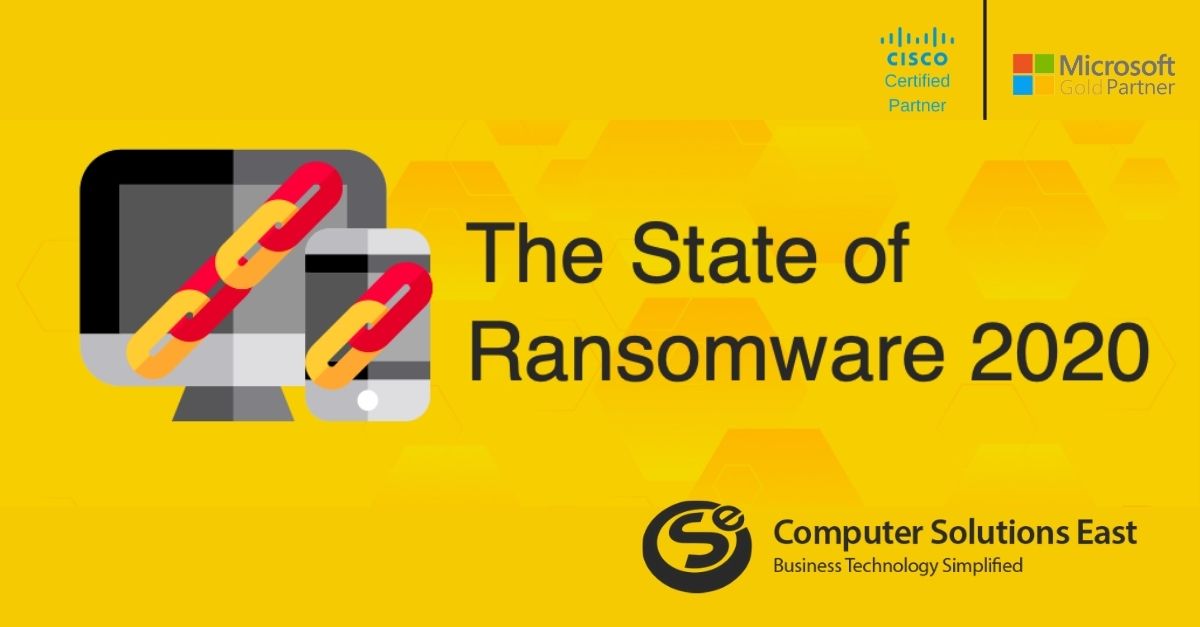2024 Data Security Insights: The Ultimate Guide
With the rising volume and complexity of cyberattacks and the accessibility of data and apps from anywhere, it’s time to adopt zero-trust data security.

What is Data Security
Data security helps protect sensitive data, prevents unauthorized use or loss, and understands user activity context.
In today’s world of growing cybersecurity threats and insider risks, the significance of data security cannot be overstated. It is essential to have visibility into the types of data your organization possesses, prevent unauthorized use, and identify and mitigate risks around the data.
Effective data security management involves the planning, organizing, and controlling data security activities through clear policies and procedures.
Types of Data Security
To ensure the effectiveness of data security, it is essential to consider the sensitivity of datasets and your organization’s regulatory compliance requirements. Various data security measures can help you safeguard against data breaches, comply with regulatory obligations, and avoid damaging your reputation. Some of these data security measures:
- The access control system manages and regulates the access to data stored on-premises and in the cloud.
- Users are authenticated through passwords, access cards, and biometrics.
- Using backups and recovery can enable access to data after a system failure or any data corruption or disaster.
- Data resiliency is a proactive approach to disaster recovery and business continuity.
- It is necessary to perform data erasure to dispose of it and ensure it cannot be recovered.
- Data masking software that utilizes proxy characters to hide sensitive information from unauthorized sources.
- Data loss prevention solutions that guard against unauthorized use of sensitive data.
What is Data Security Compliance?
Data security compliance refers to the practices and procedures governing how businesses and government agencies maintain data confidentiality and protection from unauthorized access.
Compliance ensures that businesses comply with regulations to protect sensitive data, maintain privacy, and mitigate risks associated with data breaches or noncompliance penalties.
The increasing regulations governing data protection, residency, and governance drive enterprises to pay more attention to data security and data compliance than ever before.
Here are some examples of data compliance:
- Implementing policies for data storage and maintenance
- Creating data access controls
- Training employees on data privacy and security
- Establishing procedures for data sharing and transfer
- Setting up systems for data archival and disposal
- Utilizing encryption to protect data
- Showing security reviews and audits
Zero trust data security
Zero Trust is a security strategy that uses security principles to secure corporate resources for your organization.
- Verify explicitly – Always authenticate and authorize depending on all available information, such as user identification, location, device health, service or workload, data classification, and anomalies.
- Use least privilege access—secure data and productivity with JIT and JEA, adaptive policies, and data protection.
- Assume breach – Minimize the blast radius, segment access, and verify end-to-end encryption. Use analytics for visibility, threat detection, and defense improvement.
Here are the five core elements for implementing a data defense-in-depth strategy and a Zero Trust approach to protect data:
Data classification and labeling
If you are unaware of the sensitive data you possess on-premises and in cloud services, you cannot protect it efficiently. To secure the data, identify and categorize it by sensitivity level throughout your organization.
Information Protection
Access to sensitive data should be conditional and based on the least privilege. Sensitivity-based access control should be used when environmental controls are inadequate. Additionally, guardrails and encryption can enhance security measures. Information sensitivity markings should be used to increase awareness and security policy compliance.
Data Loss Prevention
Access control alone does not solve the issue; monitoring and managing risky data activities and movements to prevent sensitive data oversharing is essential for data security and compliance.
Insider Risk Management
It’s important to know that simply having access to data may not give you the complete picture. To reduce the risks of data breaches, it’s recommended to use behavioral detection tools that analyze various signals and identify potential malicious or unintentional activities within your organization. By taking action on these indicators, you can prevent data breaches from occurring.
Data Governance
Reducing the number of copies and deleting no longer needed data can minimize sensitive data exposure.
Data security management helps you identify and assess threats, comply with regulations, and maintain data integrity.
It’s essential to protect your data throughout its lifecycle, understand its use, prevent data leakage, and create data loss prevention policies. These are the key pillars for building a solid defense in your organization.
By implementing data security procedures and tools, you can safeguard your data across clouds, apps, and endpoints. Doing so will help ensure that your data remains secure and protected.
FAQs
Q1: How often should data security audits be conducted?
A: Regular data security audits are recommended annually, with more frequent checks for high-risk industries.
Q2: What is the significance of zero Trust data security?
A: Zero trust data security is a new approach that challenges the traditional perimeter-based security model. It works on the concept of “never trust, always verify,” providing robust protection in an ever-evolving threat landscape.
Q3: Is it necessary for every employee to undergo data security training?
A: Yes, comprehensive training ensures a collective understanding of security protocols, reducing the risk of human errors.
Q4: Can a small business afford enterprise-level data security?
A: Yes, by adopting scalable solutions and outsourcing managed security services, small businesses can enhance their data security posture.
Q5: What is the main challenge in implementing zero trust data security?
A: The primary challenge lies in transitioning from traditional access models and ensuring seamless user experiences.
Q6: How does data security compliance vary across different regions?
A: Compliance standards may differ, but the core principles remain consistent. Tailor your approach based on regional regulations.


